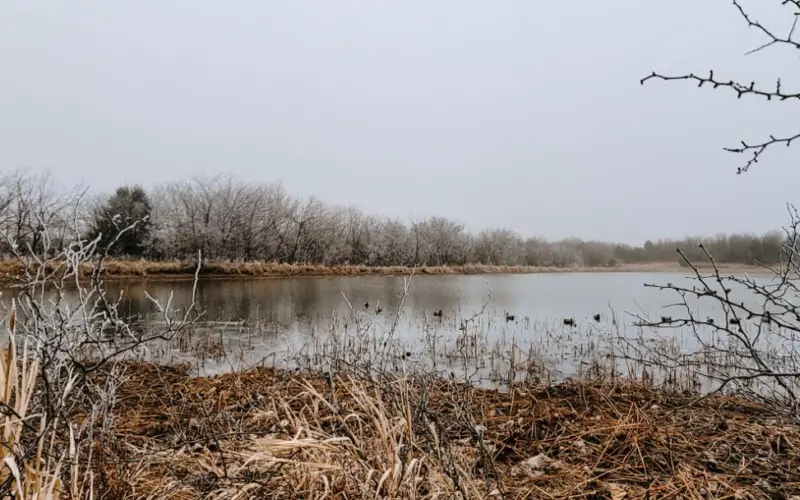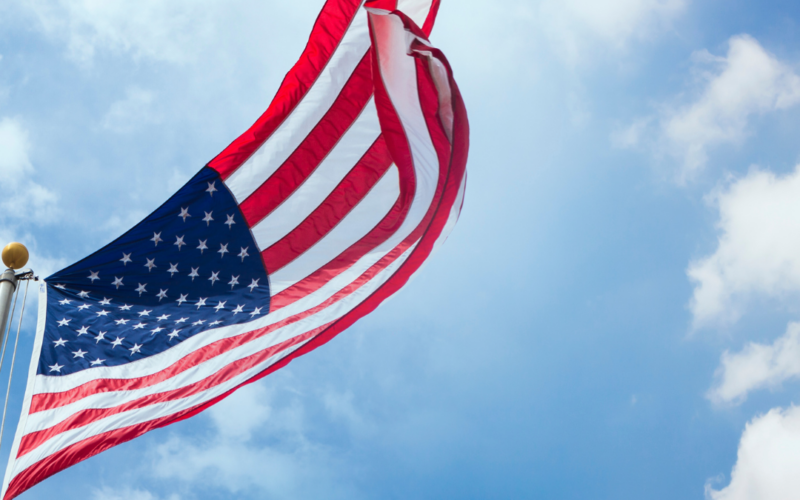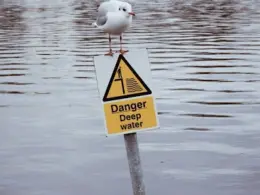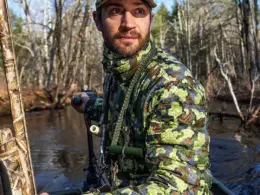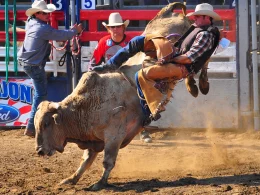Waterfowl season is right around the corner, and when it comes to essentials and gear, it is vastly different from deer hunting. Waterfowl hunting presents unique challenges, from unpredictable weather conditions to navigating wet terrain. Success often depends on a hunter’s ability to adapt to these elements while remaining patient and prepared. Having the right equipment is essential not only to improve your chances of bagging some birds but also to ensure comfort throughout the hunt.
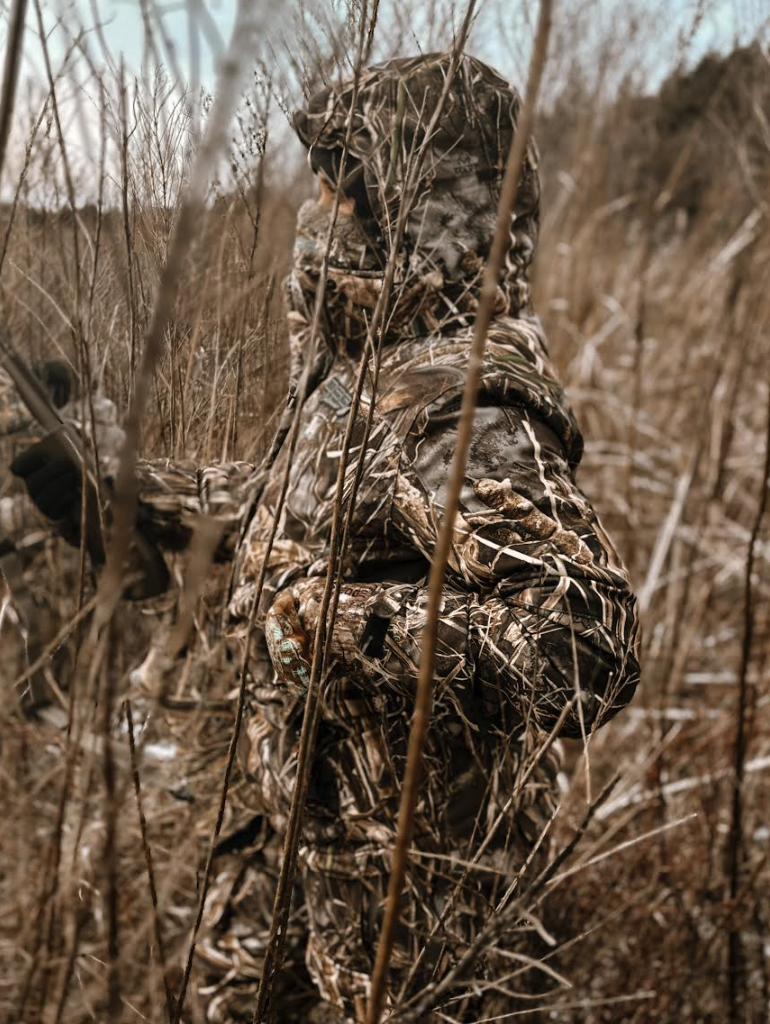
- Waders
Waders are a crucial piece of gear for waterfowl hunting, keeping hunters dry and comfortable while navigating through various wetlands, setting decoys, or retrieving birds. Without waders, prolonged exposure to wet and cold conditions can lead to discomfort and even hypothermia. When choosing waders, look for features like insulation to retain body heat, durable materials that resist punctures and tears, and flexibility to allow for ease of movement in challenging terrain. Though you can get by with waterproof bibs and water boots, if you stay on the water’s edge, you won’t be able to get into the water to help with retrieving birds and decoys.
- Shotgun and Ammunition
A reliable shotgun is essential for waterfowl hunting, as it serves as the primary tool for a successful hunt. Selecting the right gauge and load is critical, as different waterfowl species require different shot sizes for effective and ethical kills. For ducks, a 12 or 20-gauge will do the job. Waterfowl-specific ammunition, such as non-toxic steel or tungsten shot, is mandatory in many areas to protect wetland environments. Always choose the appropriate shot size and ensure your ammunition matches the hunting conditions for maximum effectiveness and safety. I typically use HEVI-SHOT Hevi-XII 12 Gauge 6 Shot Size for ducks and Hevi-Steel 12 Gauge BB and 2 Shot Size for geese. I’ll be shooting my Savage Renegauge 12-gauge for waterfowl season.

- Decoys and Calls
Decoys and calls are tools for attracting ducks and geese to a hunter’s location by simulating the natural presence of waterfowl. Decoys come in various forms, including floating decoys for water setups and full-body decoys for field hunts. A spread of realistic-looking decoys can lure waterfowl into range by making them feel the area is safe. Calls, like whistles and quacks, mimic the sounds of ducks or geese to grab their attention and guide them toward your setup.
- Camouflage Clothing and Gear
Staying hidden is a critical piece when waterfowl hunting, as birds have exceptional eyesight and can easily detect movement or changes in a natural environment. This makes it essential to wear proper camouflage patterns that blend seamlessly with your surroundings, whether you’re hunting in marshes, fields, or near water. Camouflage patterns like Mossy Oak Bottomland or Realtree Max-7 are designed specifically to mimic natural environments. These patterns replicate the textures and colors found in various waterfowl habitats, making it much harder for birds to spot you. A lot of people chose to paint their faces as well and avoid looking upward.
Beyond clothing, accessories such as face masks, gloves, and blinds can further enhance concealment by covering areas of exposed skin or shiny gear that might catch a bird’s attention. Effective camouflage isn’t just about wearing the right patterns; brushing in a blind is equally important. Properly brushing in your blind means incorporating natural elements from the environment, such as grass, reeds, or branches, to help the blind blend into the surroundings. This reduces sharp outlines and unnatural shapes, further lowering the chances of detection. By using high-quality camo that matches your hunting area and properly brushing in your blind, you significantly increase your odds of success in the field.
- Dog and Retrieving Gear
I should preface this by saying that acquiring a dog for hunting purposes takes a lot of commitment and should not be an easy decision. Research the breed and training programs before choosing which dog is right for you. A trained retriever is an invaluable asset in waterfowl hunting, saving time and energy by efficiently retrieving downed birds from water or marshy terrain. Essential gear for your dog includes neoprene vests to keep them warm in cold water, training collars to aid in effective commands, and dog stands or platforms to keep them out of the water while waiting. A well-prepared and trained dog ensures smoother hunts, reducing the need for you to wade into tough terrain to retrieve birds yourself.
Here is a list of popular waterfowl hunting dog breeds:
- Labrador Retriever
- Chesapeake Bay Retriever
- American Water Spaniel
- German wirehaired pointer
- Nova Scotia Duck Tolling Retriever
Using kayaks or small john boats for retrieving your own birds during duck hunting is another option. A lot of people who don’t own duck dogs do this. Instead of relying on a dog, a kayak or small boat allows hunters to navigate through deeper waters to get their downed birds. Using smaller boats provide excellent maneuverability, allowing you to quickly and efficiently retrieve downed birds, even in hard-to-reach spots.

Final Thoughts
Waterfowl hunting demands the right gear to handle unpredictable conditions and ensure a successful outing. From the warmth and protection of waders to the precision of a reliable shotgun and the stealth provided by quality camouflage, each essential plays a vital role in the hunt. Whether you’re calling in birds with decoys, utilizing a well-trained dog, or retrieving your own game with a kayak, having the right tools can make all the difference. Prepare wisely, and you’ll be ready for whatever the season brings.

